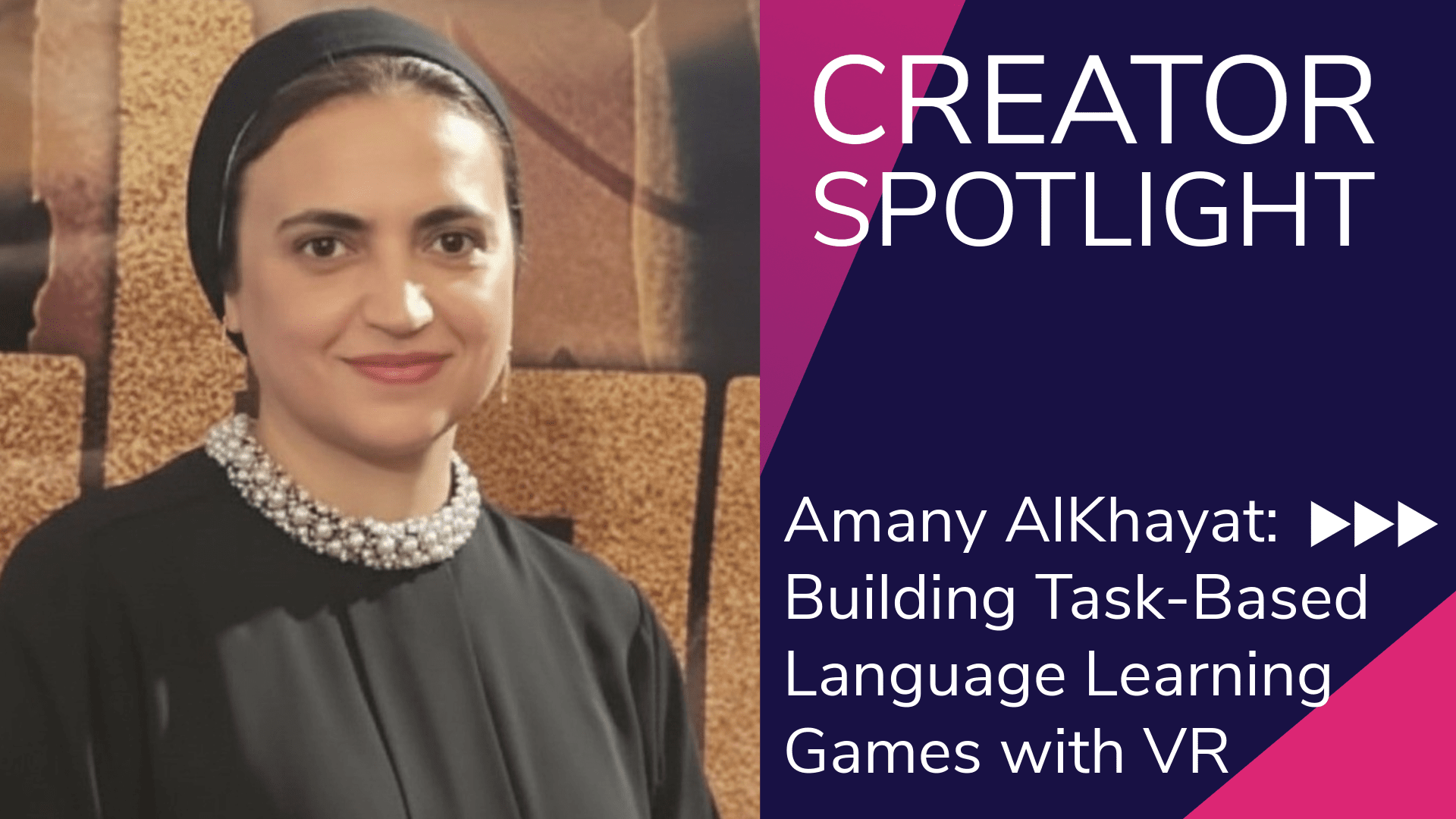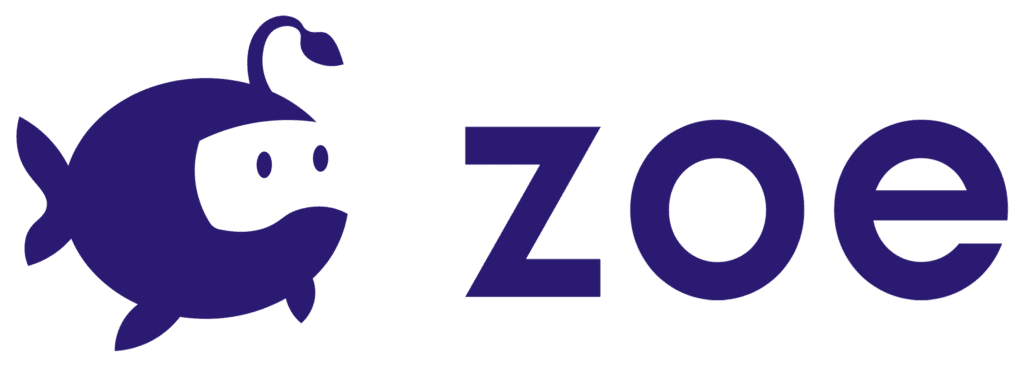
Introducing Amany
Amany AlKhayat is an Adjunct Faculty member at New York Institute of Technology, where she teaches UX, UI, and VR development. She is also pursuing her doctoral degree at Teachers College, Columbia University, focusing her dissertation on mixed reality and artificial intelligence. Alongside her teaching and research, Amany works as a VR consultant, helping shape the future of immersive design.
The most important thing in designing for VR is interaction design. We need to move beyond 2D thinking and embrace spatial awareness.
Bringing VR into the Classroom
While NYIT has faculty and students engaged in VR research and courses, Amany is focused on how immersive technologies can directly impact learning outcomes. For her, virtual reality isn’t just about novelty; it’s about building experiences that solve real learning problems.
She grounds her work in instructional design frameworks like the Backward Design Model and ADDIE, ensuring her VR projects align with student needs, curriculum goals, and optimized pedagogical approaches.
The Zoe Experience: A Crime Scene Investigation
For the Zoe Creator Program, Amany designed a VR crime scene investigation game that merges storytelling, interaction, and language learning.
In this experience, students become detectives, gathering evidence, analyzing suspects, and piecing together clues, all while practicing language skills in context.
Some highlights of her prototype:
- Task-Based Language Teaching (TBLT): VR is one step in a broader process that includes pre-class preparation, the immersive task itself, and post-activity reporting.
- Onboarding and Training Rooms: Students learn the VR mechanics in a safe space before entering the investigation, reducing cognitive load.
- Intentional Design Choices: Circular markers guided students toward evidence, ensuring focus and lowering distractions.
- Storytelling Elements: From handwritten notes to cultural riddles, every detail encouraged students to think critically and engage deeply.
Why Create Your Own VR Lessons?
Amany believes creating your own lessons offers unique advantages over purchasing pre-made VR applications:
- Alignment with Learning Outcomes: Off-the-shelf tools rarely match the specific needs of a curriculum.
- Personalization: Every school uses different textbooks and frameworks; custom lessons let teachers tailor the experience for their unique context.
- Creativity and Flexibility: Educators can experiment, adapt, and build experiences that directly support their students over time.
What I want the students to do is to do the task, not to learn the technology first. I want it to be a seamless experience…an invisible interface
Advice for Educators Exploring VR
For teachers interested in VR, Amany stresses the importance of interaction design:
- Play VR games and experiences to understand 3D interfaces.
- Don’t just translate 2D exercises (like matching words) into 3D — instead, design tasks that take advantage of space and interaction.
- Always provide feedback and cues to reinforce learning inside VR.
Looking Forward
With a background that bridges UX, linguistics, and immersive technology, Amany is excited about what’s ahead. She sees VR not only as a tool for education but as a transformative design space where interactivity, culture, and pedagogy converge. Her ongoing doctoral research at Columbia University will continue to push these intersections forward.
Inspired by Amany’s story? You don’t need to be a VR expert to start creating immersive learning experiences. With Zoe, educators and creators can build, test, and share their own interactive lessons with ease.




